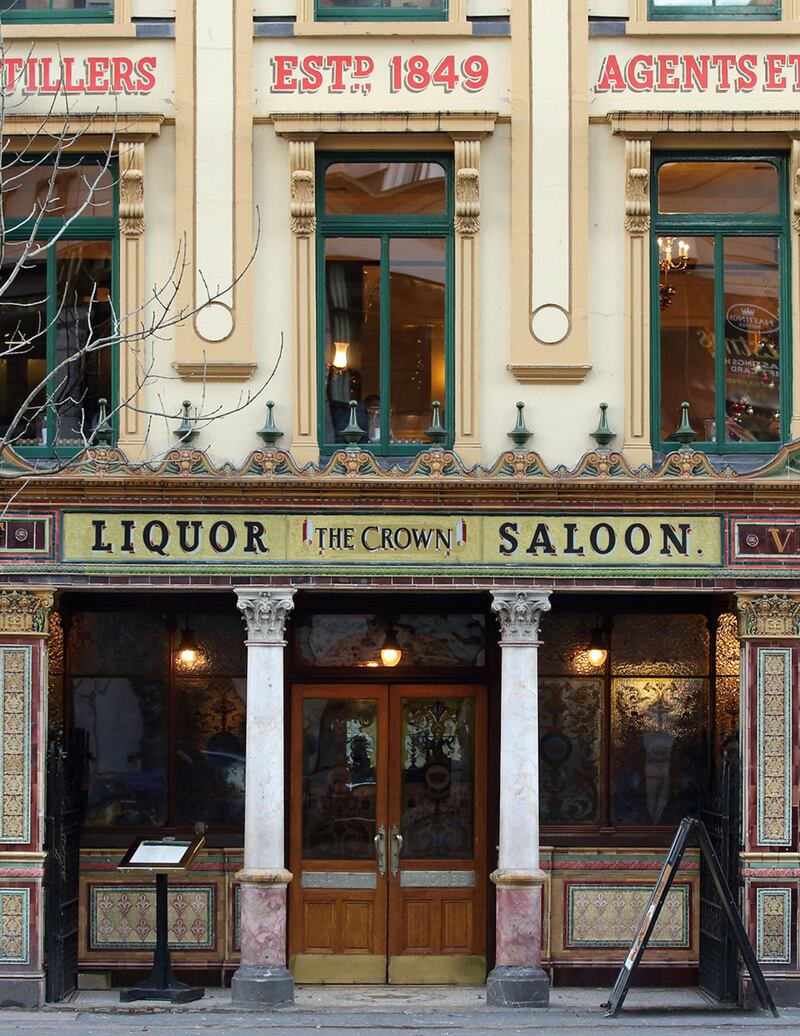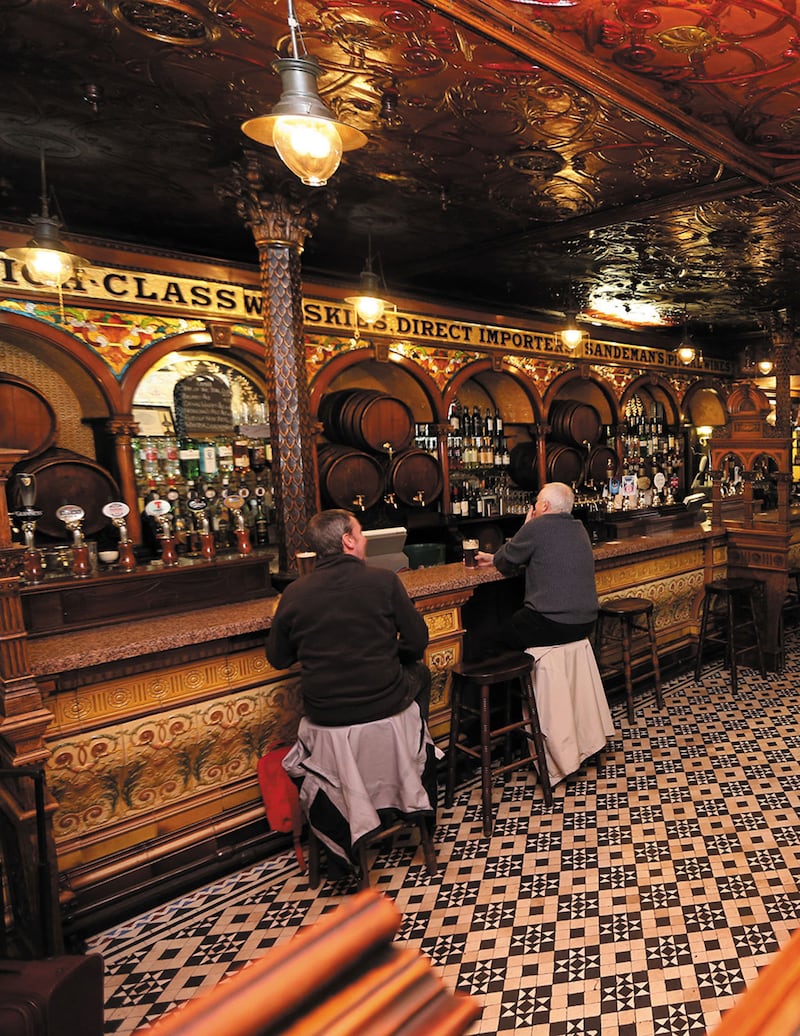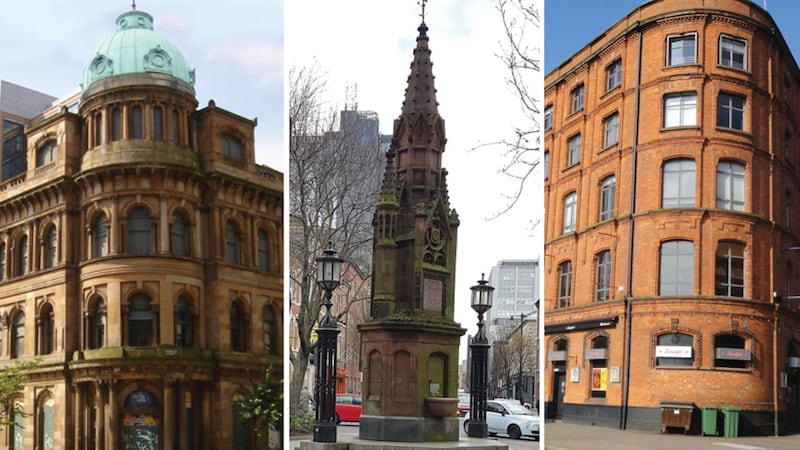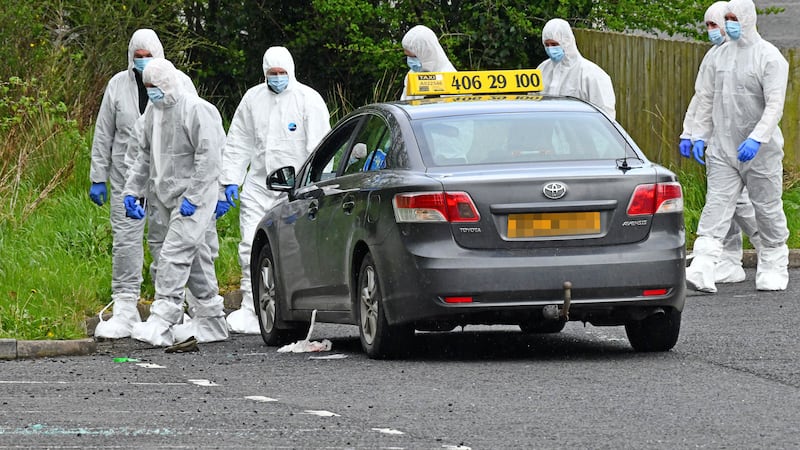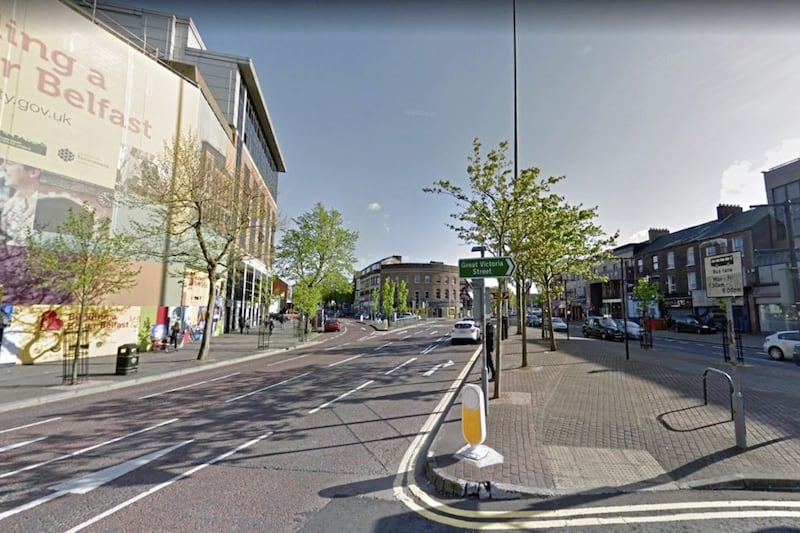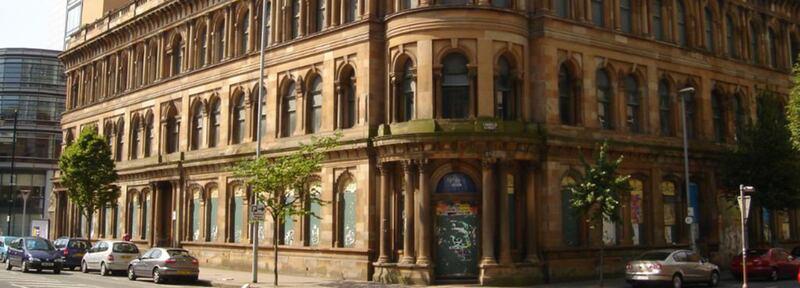
Ewart Building
Bedford Street
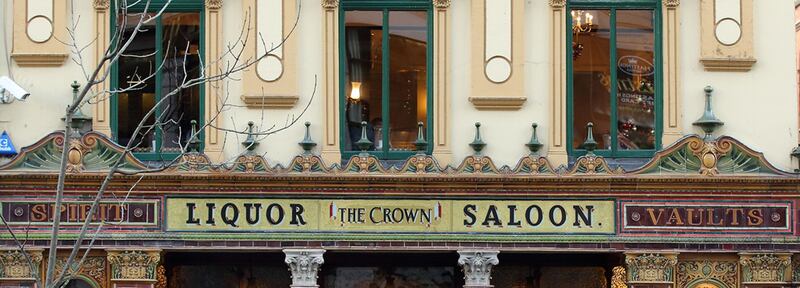
The Crown Bar
Great Victoria Street
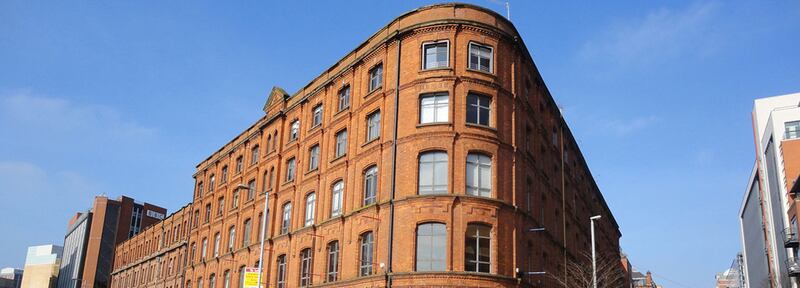
The Limelight
Ormeau Avenue
THE LINEN QUARTER: 'HISTORIC BUT FORGOTTEN'
By Neil CrosseyWe're standing in Keylands Place, a small square at the back of Robinson's Bar in Belfast city centre. It's grotty; one side of the square is filled with big industrial bins. It seems an odd place to visit as part of a walking tour in the city but this is the Linen Quarter, a part of Belfast that our guide Chris aptly describes as "historic but fogotten"."It's awful," Chris says plainly about public investment in a part of the city that was once key for Belfast and its world-leading linen industry. "You'll notice there is investment popping up everywhere, whether it's new offices, new hotels, new restaurants; everywhere apart from the public realm, which is in a terrible state," he says.It's hard to disagree as our group of 15 tourists are led around the quarter. A recurring theme is the lack of public investment in an area that lies south of Belfast City Hall and includes well-known landmarks including the Ulster Hall and Grand Opera House. Many of the former merchantile warehouses now stand ignored, offering just the merest gimpse into a glorious past when Belfast dominated the global linen industry. It seems anything pre-Titanic is forgotten.Today's tour, organised as part of the Imagine! Festival, is designed to teach participants about that history and the quarter's commercial, cultural and social relevance.As managing director of Belfast's Central Business District - a collaborative tourism initiative that represents 440 businesses in the area - tour guide Chris McCracken is well-placed to bring us up to speed with plans to regenerate this part of town, an effort that he explains has been stalled due to the lack of government at Stormont."It is frustrating," Chris says. "There are £28 million that have been allocated to the area but there's noone to sign it off. We're not asking for new money, we're just asking to spend the money that's already been allocated."Funding difficulties aside, Chris is determined to ensure everyone has an enjoyable tour. Meeting in the foyer of the Ulster Hall, he rounds up participants using a nifty personal PA system (bought on Amazon, he tells us to admiring glances from more than a few in the tour party). After a few introductory facts about the plan for today's event, we're off to enjoy a whistle stop jaunt around 'Linenopolis'.Linenhall Street West
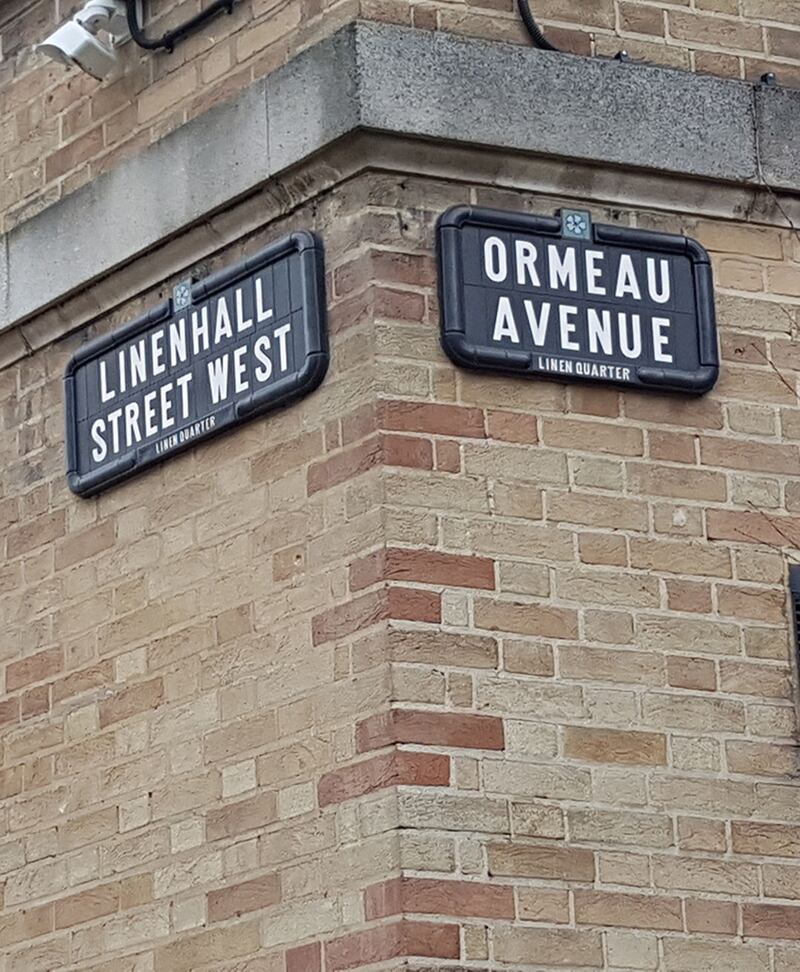
The Limelight
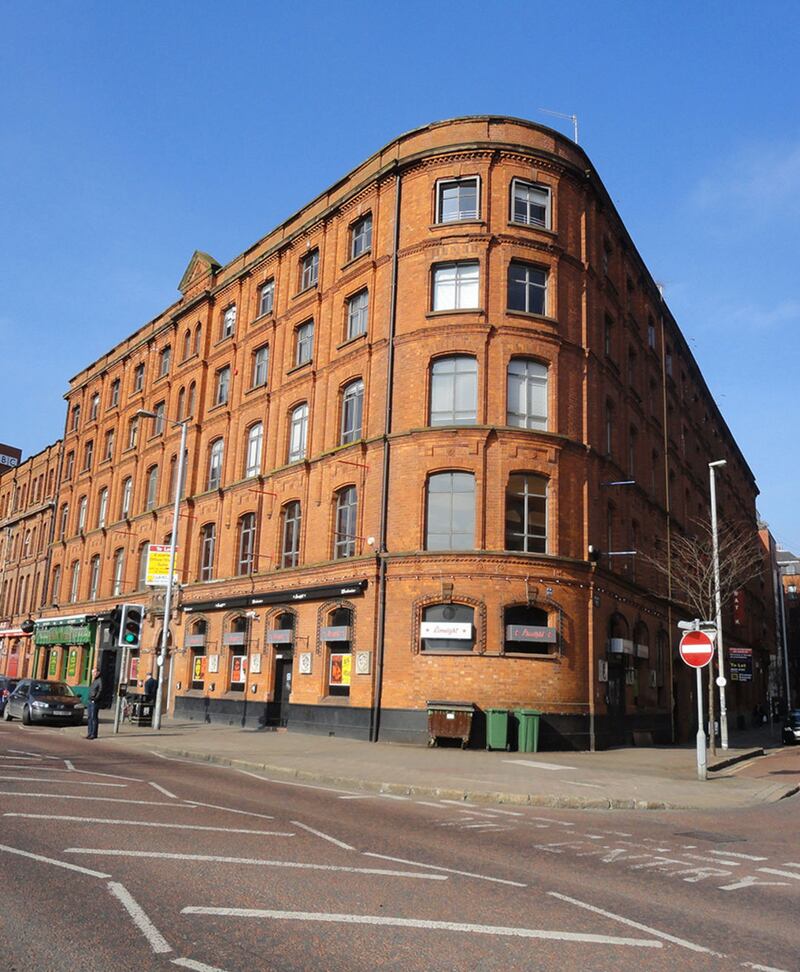
St Malachy's Church
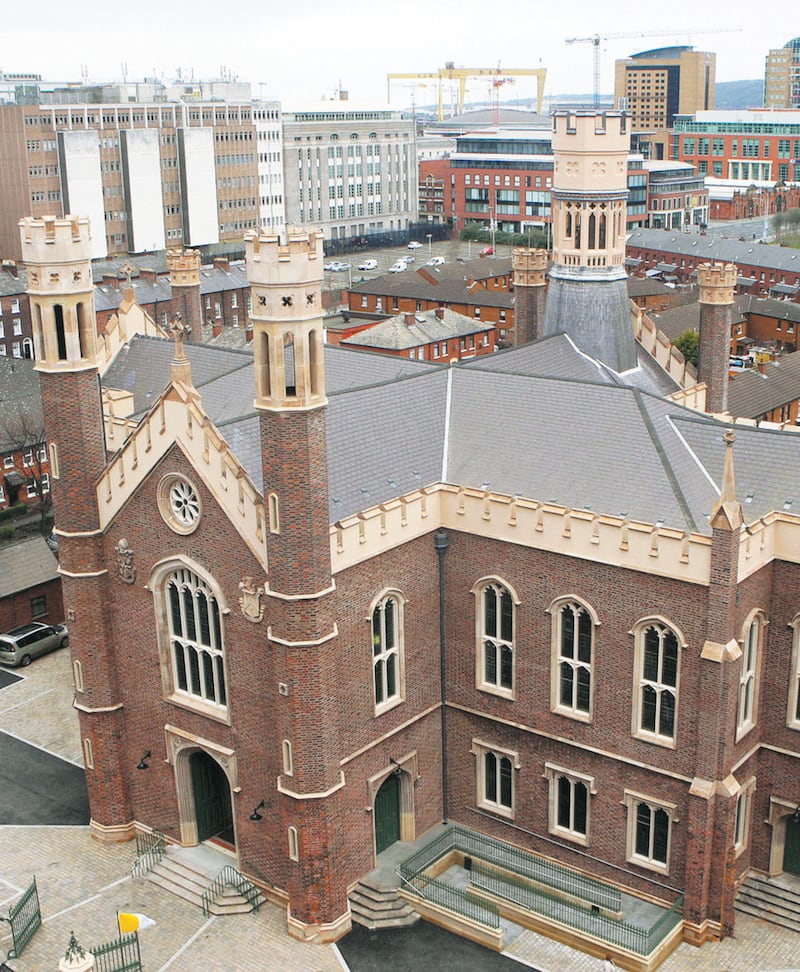
THE LINEN QUARTER
A potted history
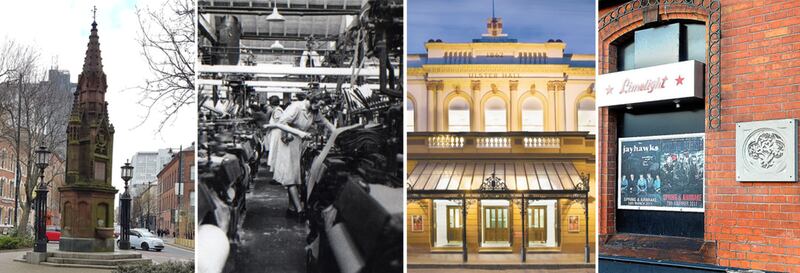
Belfast was the world leader in the production of linen in the 19th century but the industry has been associated with the city since the middle of the 18th century. The development of Belfast as a port saw linen manufacturing grow over the next 50 years, culminating in several leading merchants coming together to build the White Linen Hall on the site of the current city hall. In 1815, Thomas Mulholland and his partner John Hinds created a business using the then revolutionary technique of spinning flax on machines. The building they bought would become the famous York Street mill, the largest linen mill in the world for the next 100 years. By the year 1900, there were 900,000 spindles running in Belfast. In the years after 1849 and the end of the Famine, the mechanisation of linen production and Belfast's reputation as being at the heart of the industry saw thousands moving from rural areas to seek employment in the mills and factories. In 1864, the civil war in America saw cotton supplies decimated and the emergence of power looms led to linen being mass produced on an unprecedented scale.Belfast continued to enjoy its place as the world centre of linen production into the 20th century, surviving economic depression and the First World War. However, the Second World War saw supply of flax from Russia cut off. Once war ended, foreign competition intensified and the development of synthetic materials led to a dramatic collapse in the Belfast linen industry. By the end of 1952 around 50 per cent of linen workers had been laid off.
THE TOUR
The Ulster Hall
The tour starts at the Ulster Hall and after a brief history of the venue from Chris, (including the well-worn - but always welcome - story of Led Zepplin premiering Stairway To Heaven here) the tour took in the Carey Gallery which sits to the left of the main hall. Joseph Carey's works here show 13 scenes from Belfast history and are well worth checking out if you've never seen them. Chris also explained how the Ulster Hall's Mulholland Organ is named after linen manufacturer Andrew Mulholland who donated £3,000 to the venue in the 1860s. Sadly, there was no opportunity on the tour to tinkle the ivories. As an interesting aside to this particular pedestrian, there are now extra wide pavements outside the Ulster Hall that have been decorated with flax flower patterns in tribute to the linen past.
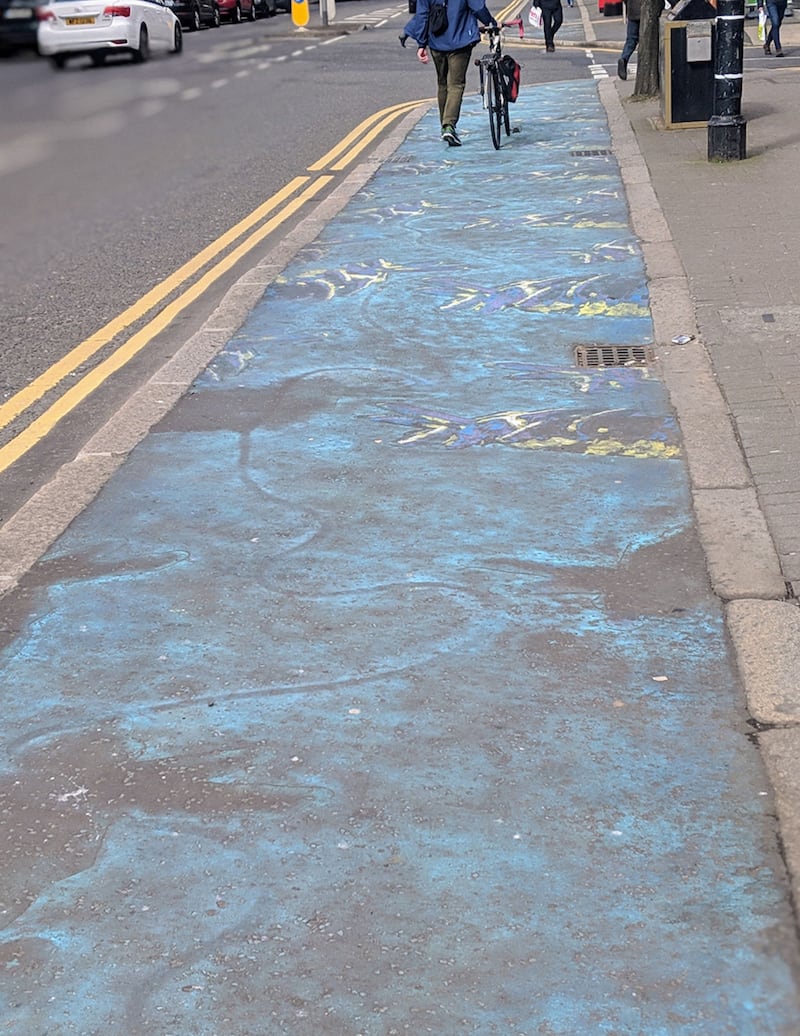
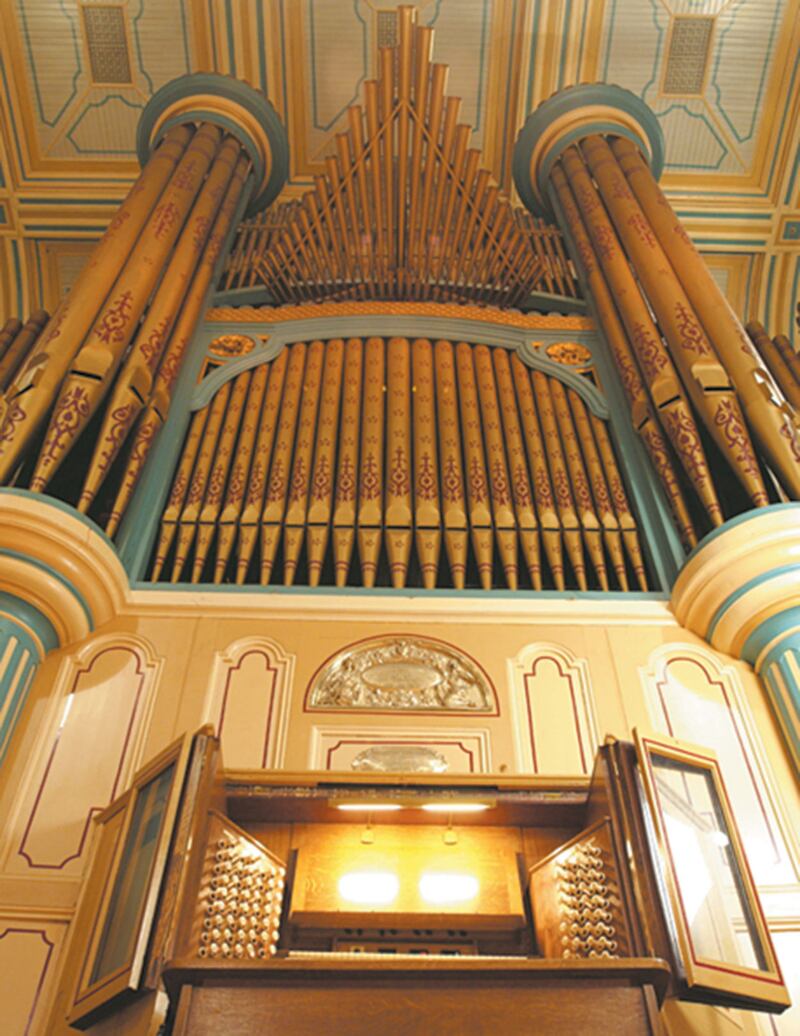
The Ewart Building
Handily, the Ewart Building is right opposite the Ulster Hall although it's hard to see because of the extensive scaffolding around it as the building is being redeveloped as an office block. The Grand Central Hotel also hangs over it like Mordor, apparently killing any hope of natual light ever reaching within its picturesque Victorian walls. Tour guide Chris tells us the building was bought by Sir William Ewart who used it as a linen warehouse. Sir William was the third generation of his family to own his company and in the second half of the 19th century he grew it to become one of the biggest linen manufacturers in the world. He bought the Ewart Building from the Bedford Street Weaving Company and used it as a linen warehouse. Sir William also served as mayor of Belfast in 1859 before becoming MP for Belfast City in 1878.
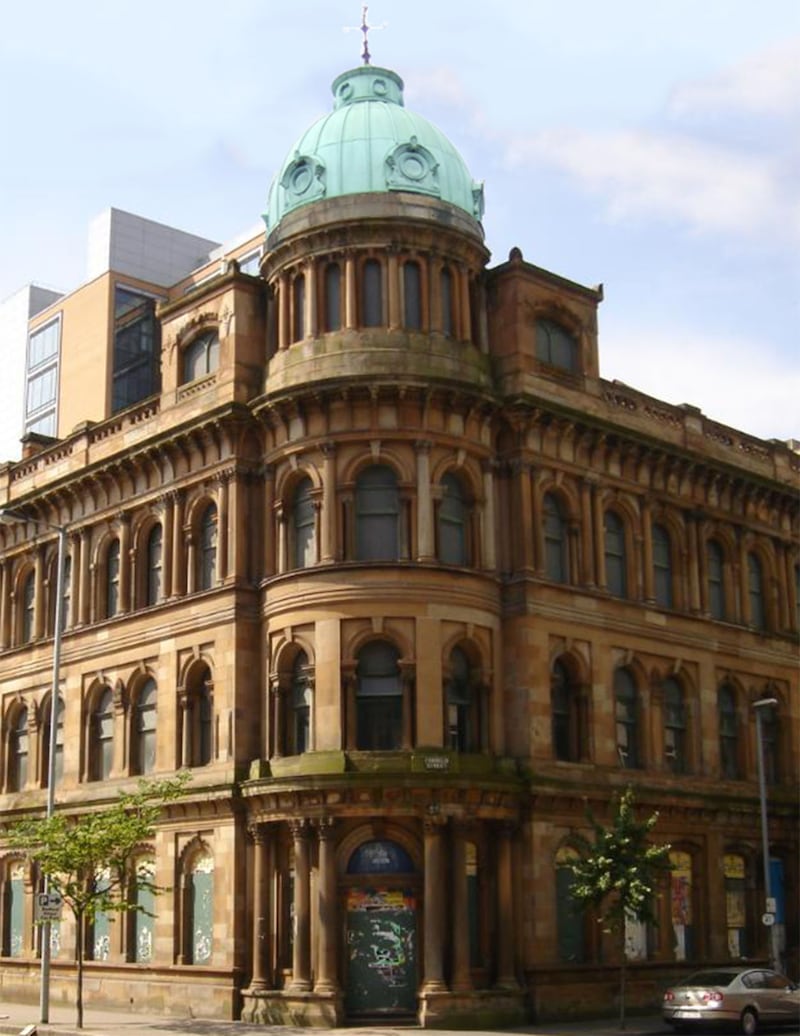
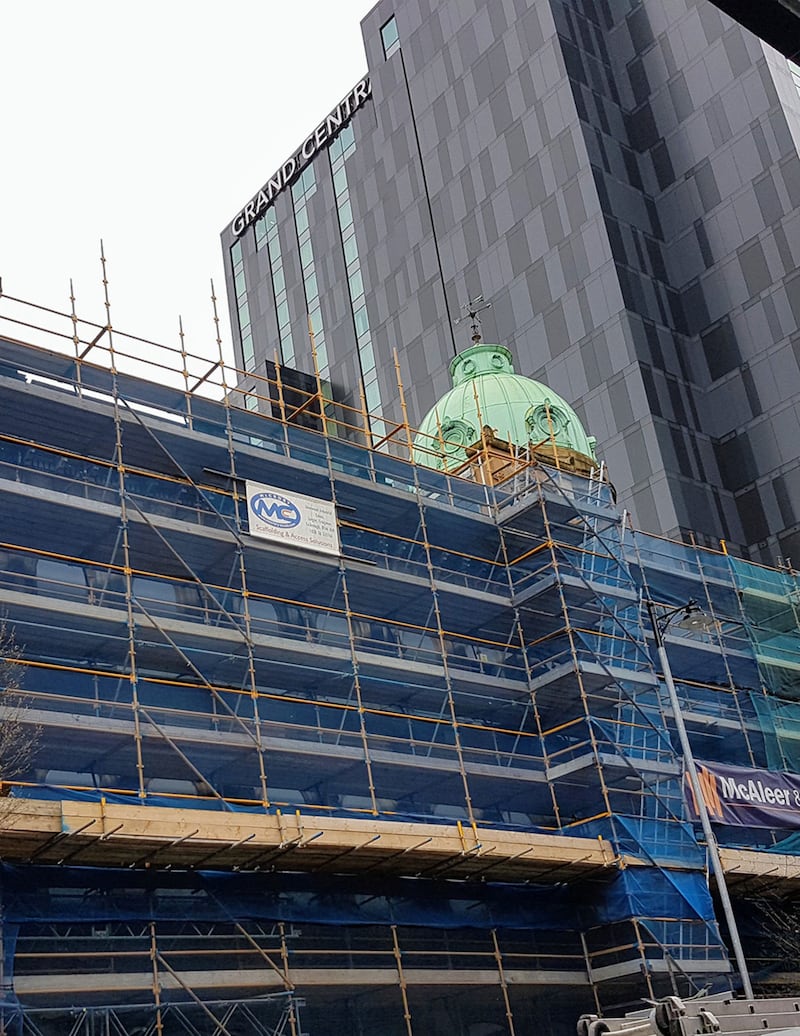
The Thomas Thompson Memorial Fountain
Chris is a real authority on this sadly-neglected fountain at the junction of Linenhall Street West and Ormeau Avenue. He tells us that Thomas Thompson was a surgeon in the Napoleonic Wars who returned to Belfast and campaigned for a clean water supply that would help fight cholera. Chris reveals that his organisation hope to restore the fountain and there is a possibility of the junction around it being redeveloped. Some post-tour research shows the fountain scores four stars on Trip Advisor. Thirsty tourists have marked it down on account of the fountain being turned off, which makes a mockery of its inscription: "Whosoever drinketh the water that I shall give him... shall never thirst again."
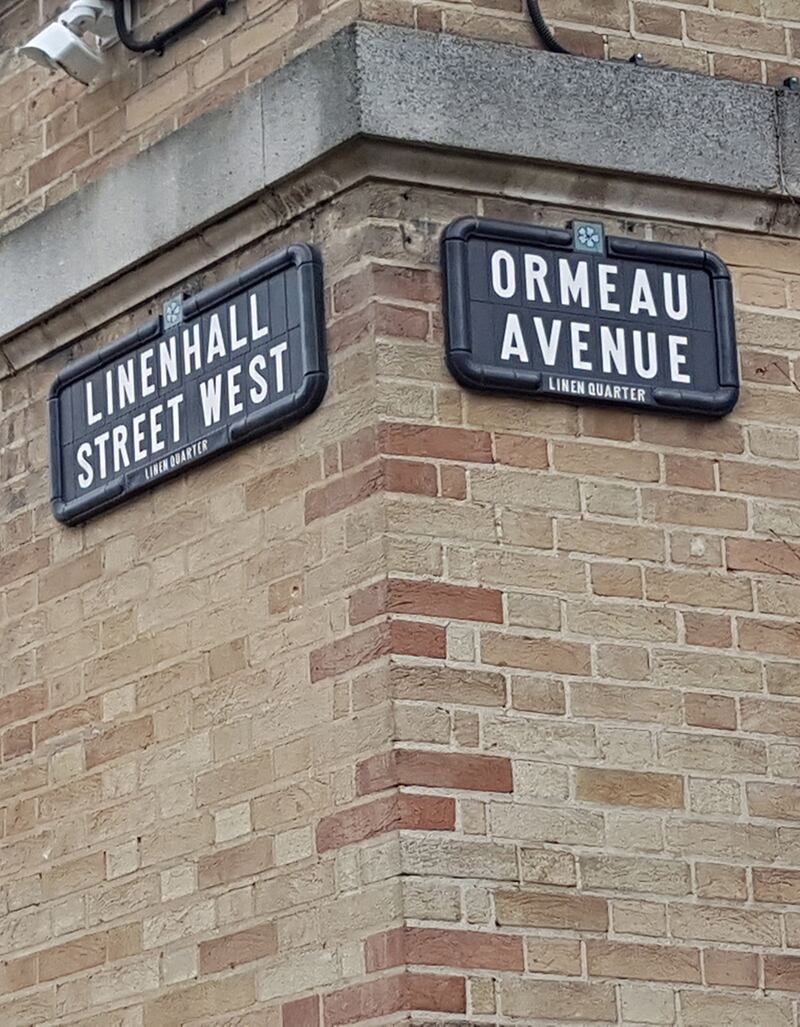
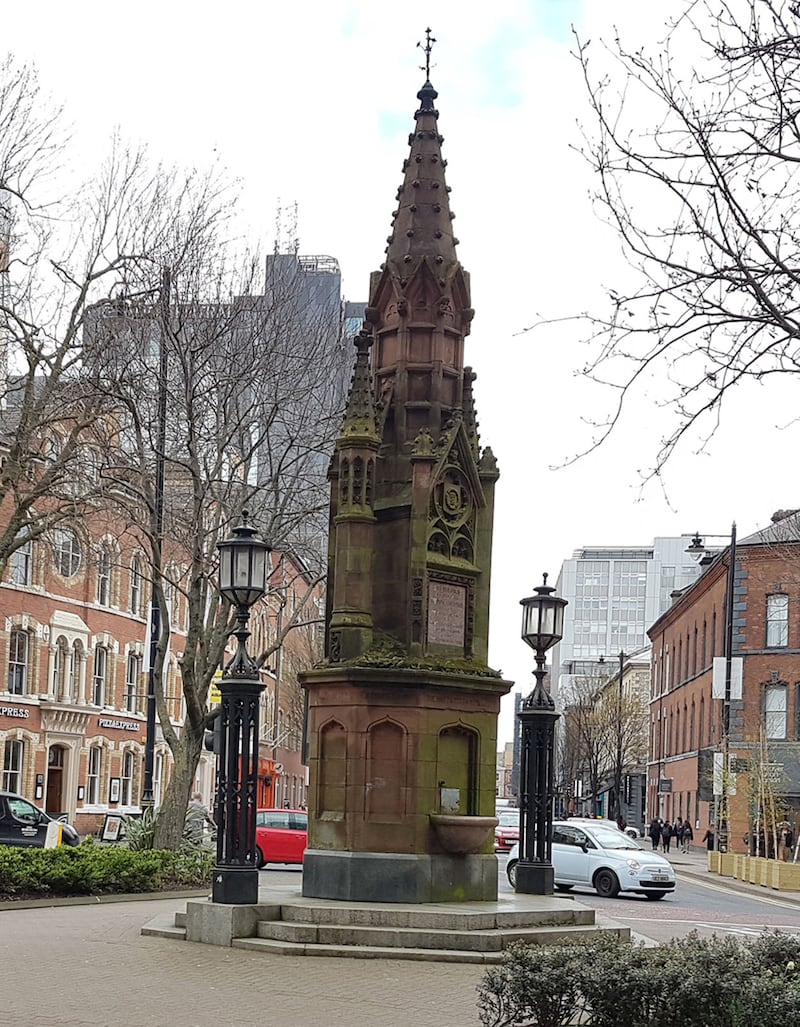
Ormeau Baths
Just a short walk down Ormeau Avenue, Ormeau Baths, which opened in 1888, would have been the main point of sanitation for thousands of linen factory workers. Chris highlights the two original baths that sit in what is now the foyer of private offices. The words "main point of sanitation" and "thousands of Victorian factory workers" means I adopt a strict 'look but don't touch' policy. Along with Templemore Baths in east Belfast, Ormeau Baths is one of only two remaining Victorian bath buildings in the city.
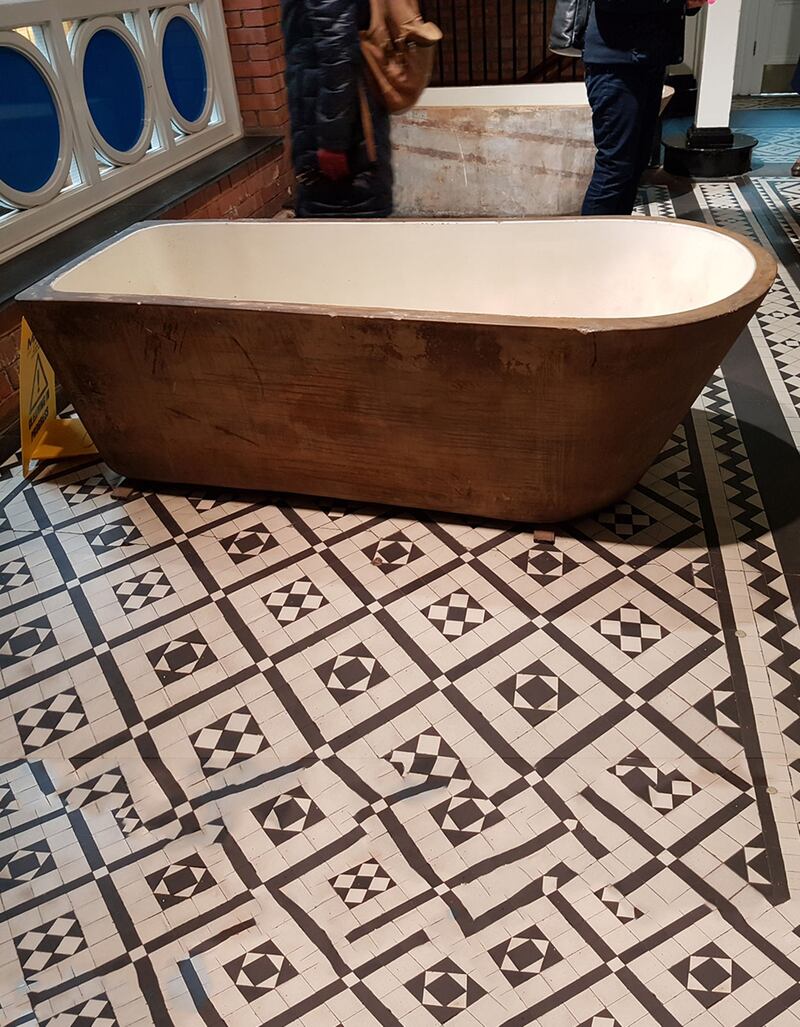
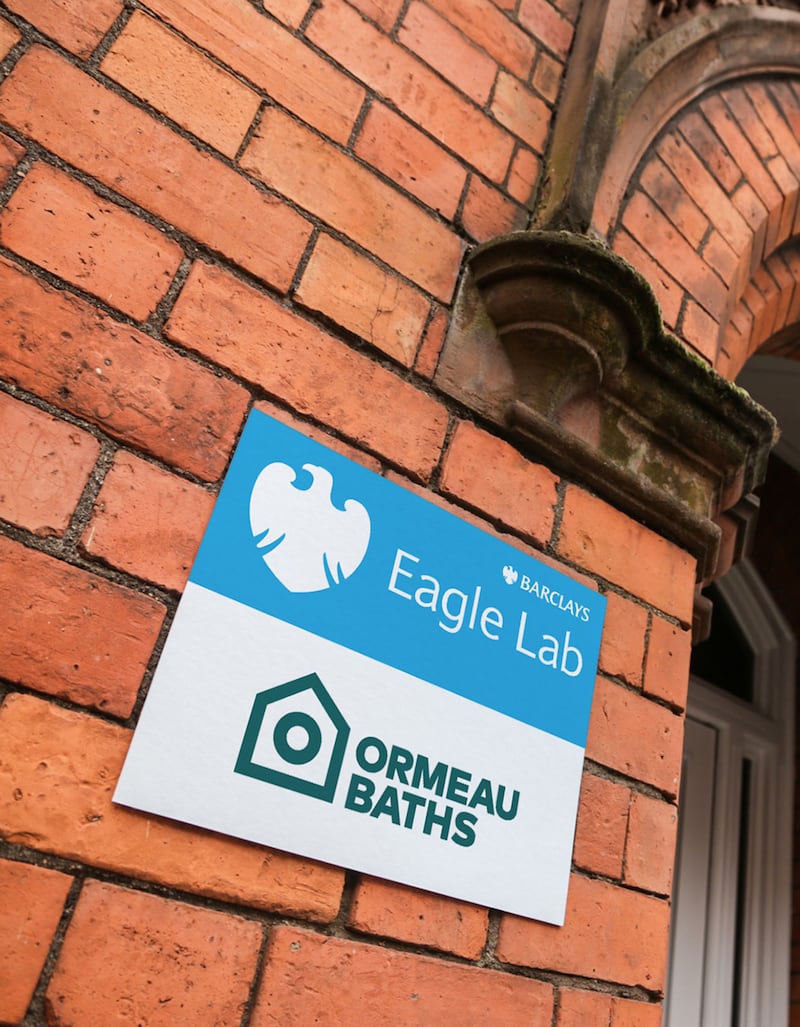
The Limelight
Still on Ormeau Avenue, the tour's next stop is the Limelight. As Chris explains the nightclub sits on the ground floor of a former linen factory, some discussion breaks out among the tour group about gigs gone by at the venue. Favourites include Oasis (1994), Joe Strummer (1999), My Morning Jacket (2004) and Anthrax (2012). Chris highlights the scupltures of flax flowers on the external walls that pay tribute to the building's past. Rumours that Shane MacGowan stubbed a cigarette out on one have yet to be confirmed.
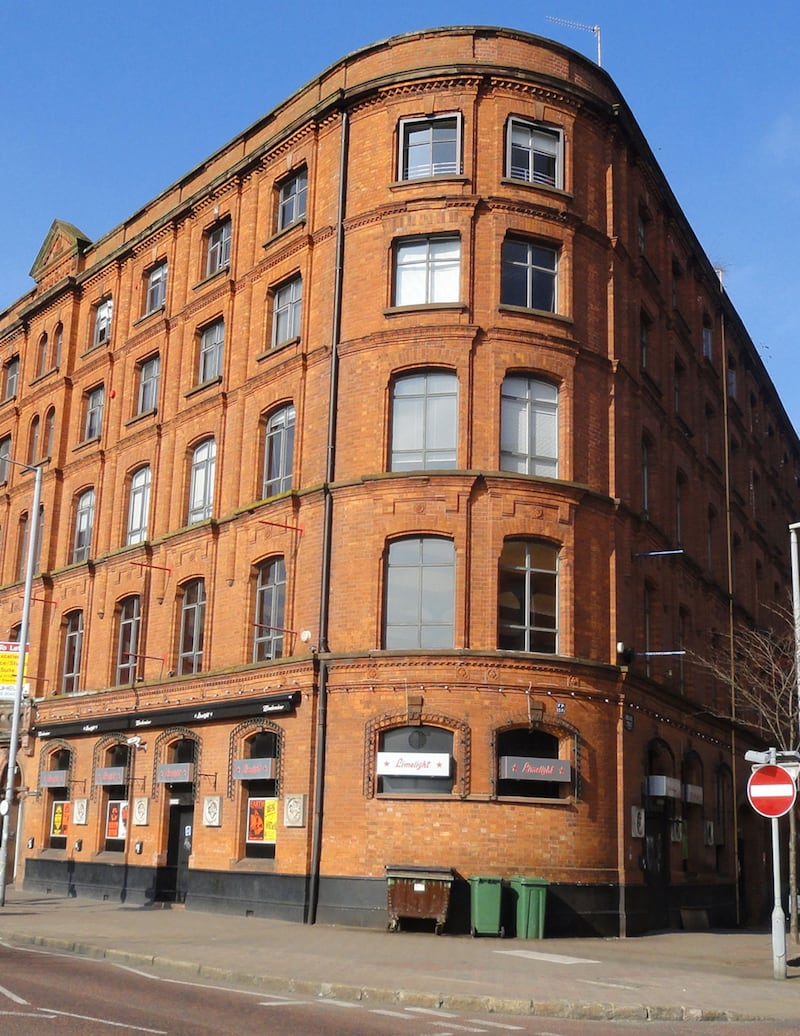
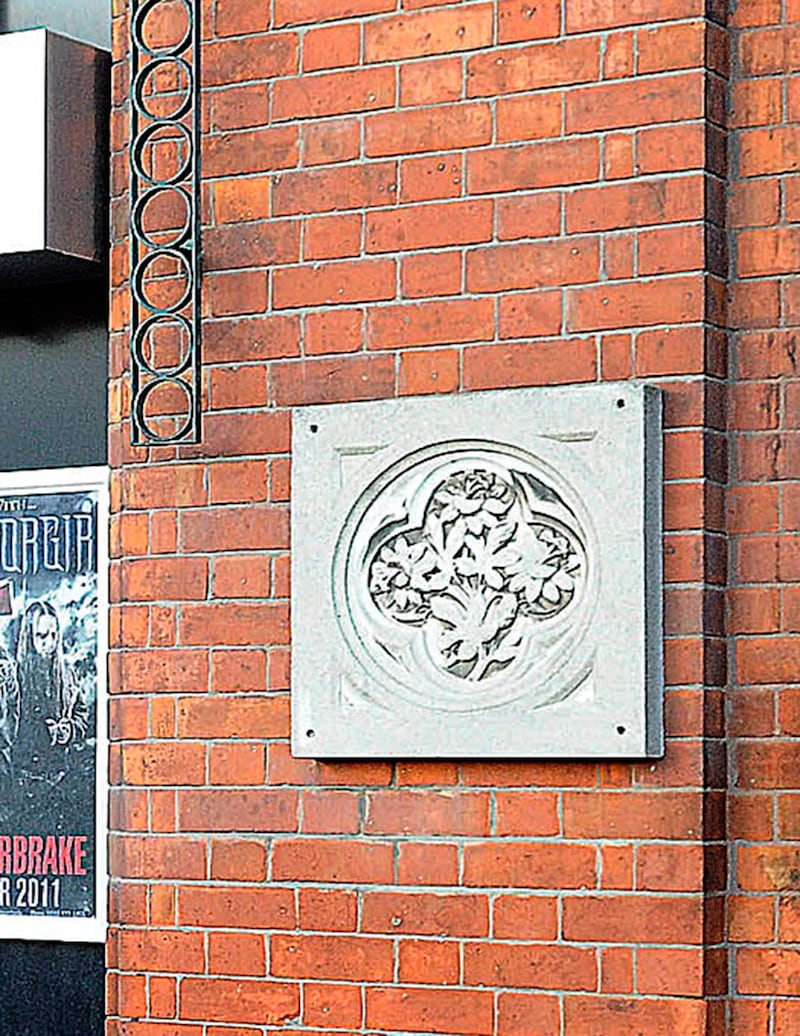
Belfast City Hall
After reminiscing about rock and roll, Chris leads the tour onto Linenhall Street to show off "the best view in Belfast". Looking down the street from the back of the BBC building, Belfast City Hall stands in the dead centre of town. Chris points out that the site was the original home of the White Linen Hall, the main linen exchange in the city. The current building was constructed after Queen Victoria awarded Belfast city status in 1888. The view is indeed great, just watch out for traffic as you need to stand in the middle of the road to appreciate it properly.
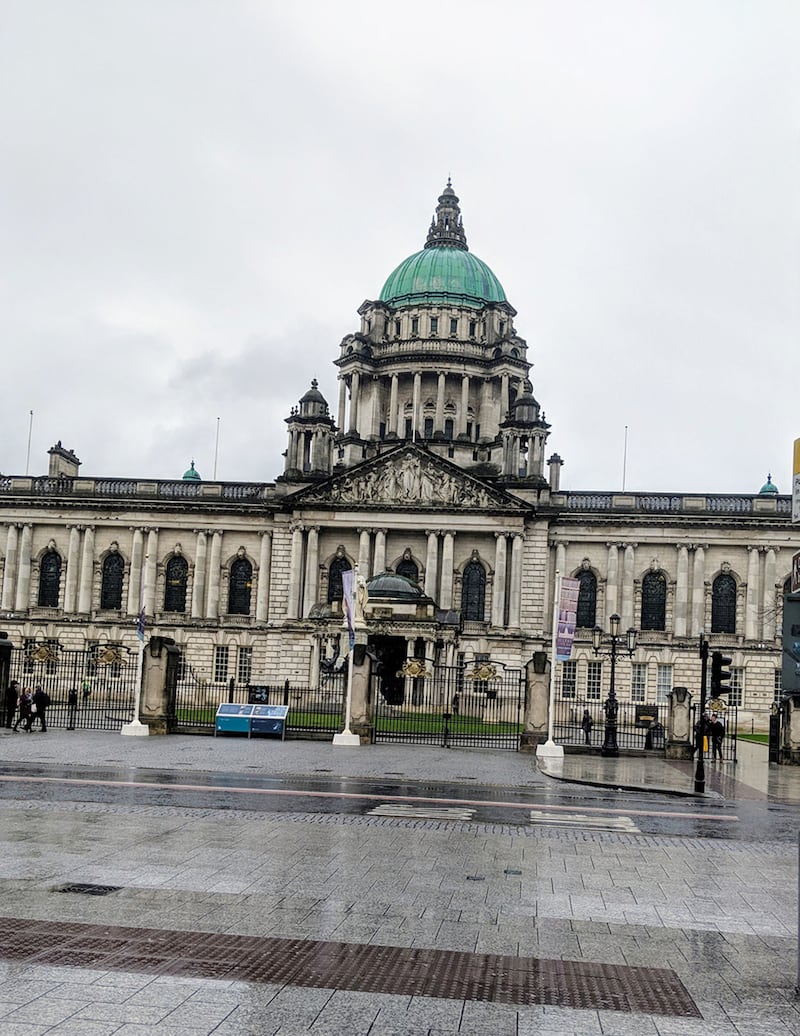
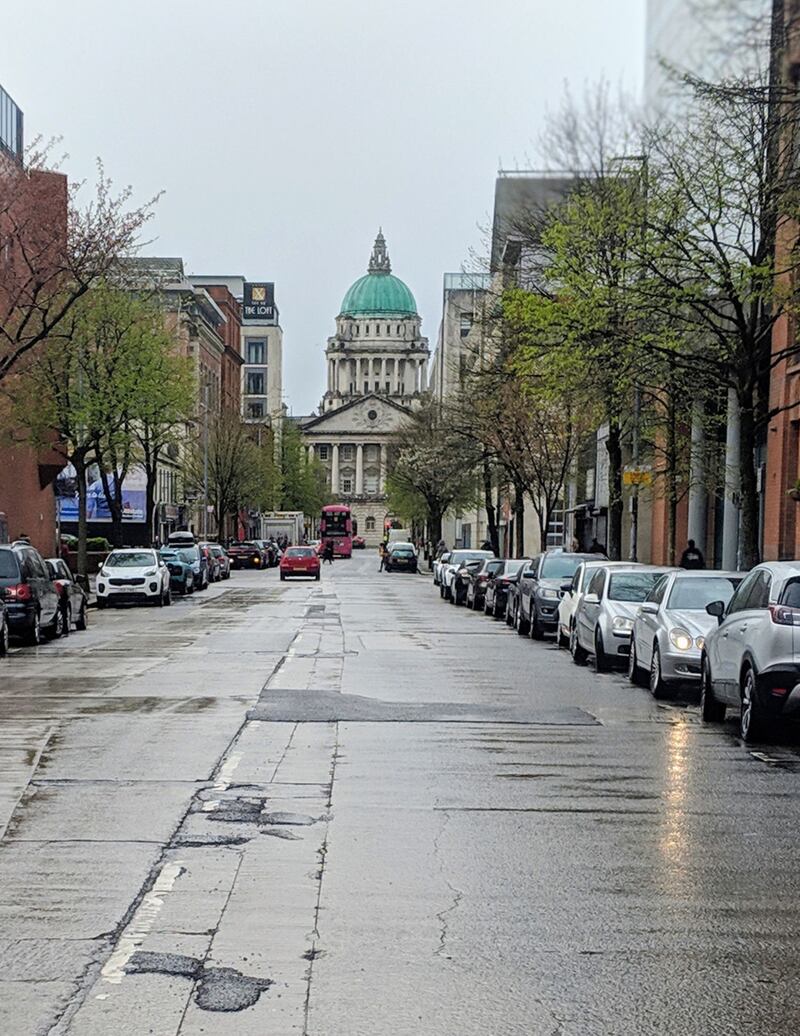
St Malachy's Church
Back onto Bedford Street and Chris stops the tour to gaze down towards Alfred Street at the frankly magnificent St Malachy's Church. Built during the 1840s, the Catholic Church originally intended it to be a 7,000-seat cathedral but the Famine meant funds had to be directed elsewhere. It's still well worth a visit though and as Chris says, it's "one of the finest Tudor revival churches in Ireland." Prince Charles visited the church in 2011 following a £3.5 million refurbishment that restored many original features including the external brickwork.
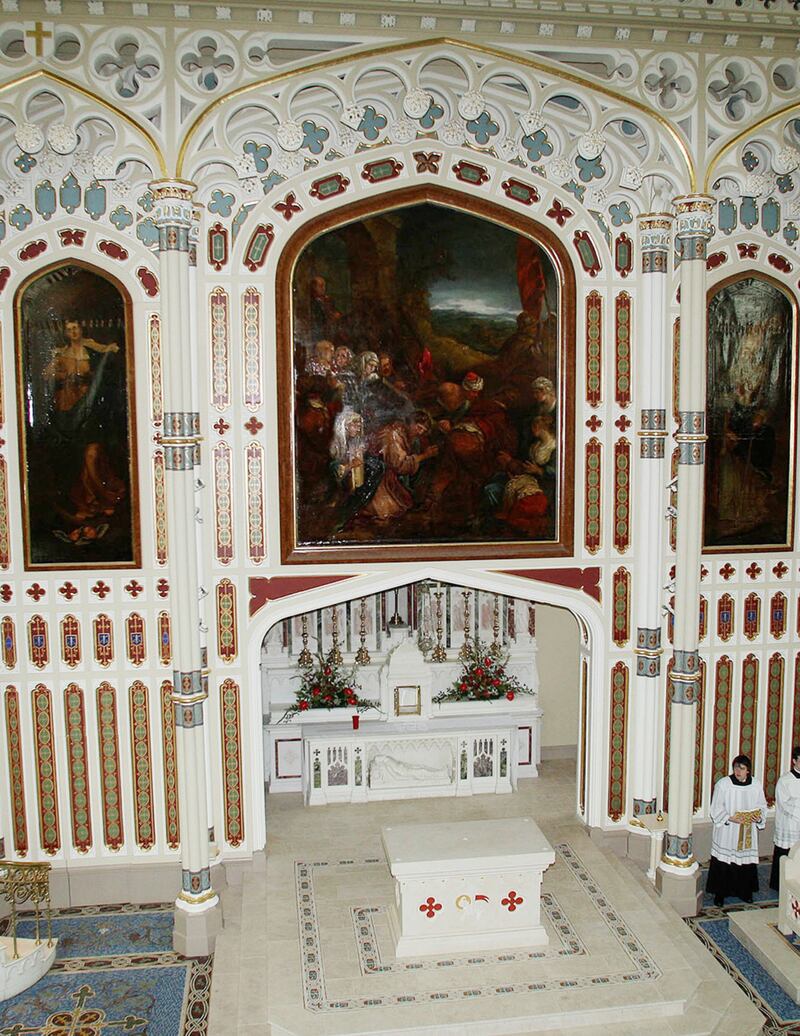
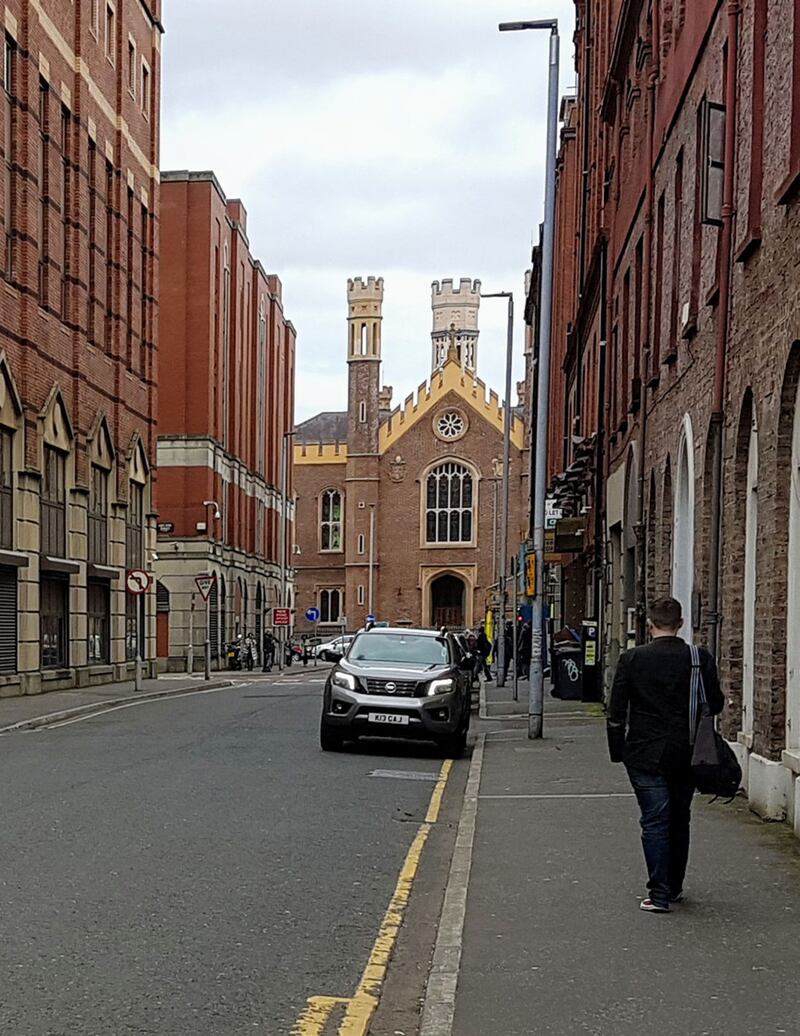
Ten Square Hotel
Chris tells us this is another former linen warehouse but that's not all. Ten Square was once a row of Georgian houses where poet Dr William Drennan lived in the early 1800s. The building's exterior features carved potholes with the faces of luminaries including George Washington, William Shakespeare and Michelangelo. I considered asking Chris when the Derry Girls will be added but chickened out at the last minute.
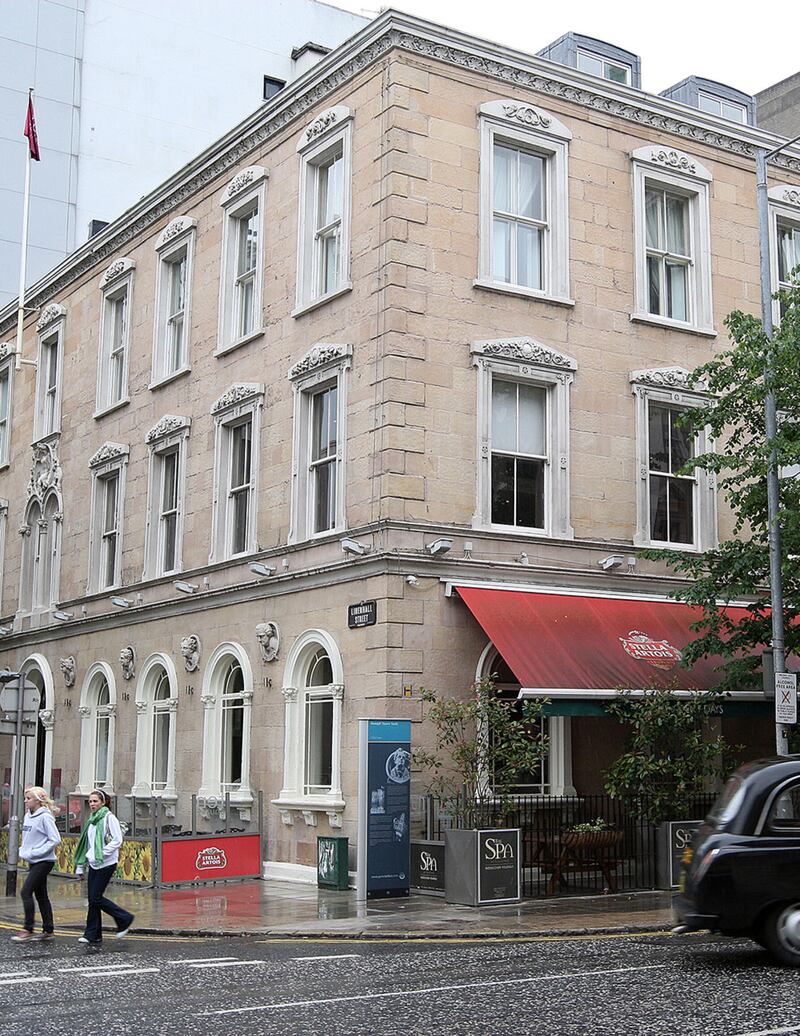
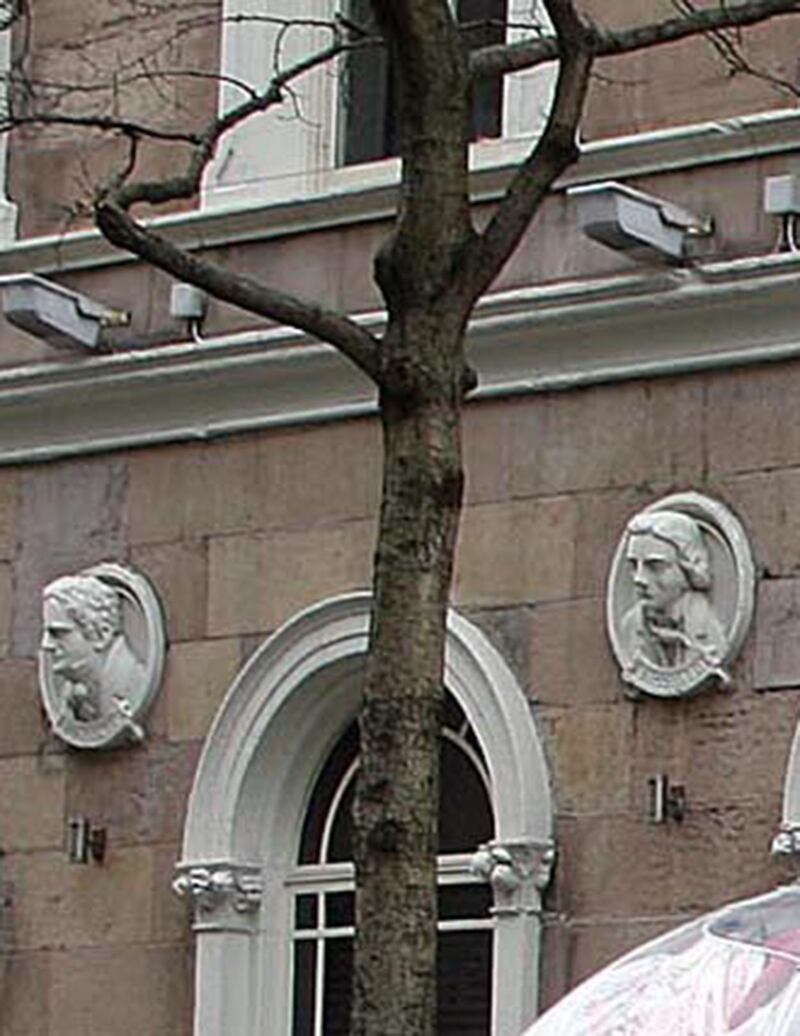
Grand Opera House
We're on Great Victoria Street, and even with Chris's funky PA system he still has to shout to make himself heard over the never-ending traffic and street noise. His knowledge is immaculate though as he tells us how the Grand Opera House is set to shut next year for refurbishment before reopening in December 2020 in time for its 125th anniversary. Once it opens, there will be a visitor attraction featuring some of the shows that have been performed there. One example is Pavarotti's debut UK date in 1963. The Grand Opera House opened in 1895 and many linen workers would have enjoyed variety performances in the theatre.
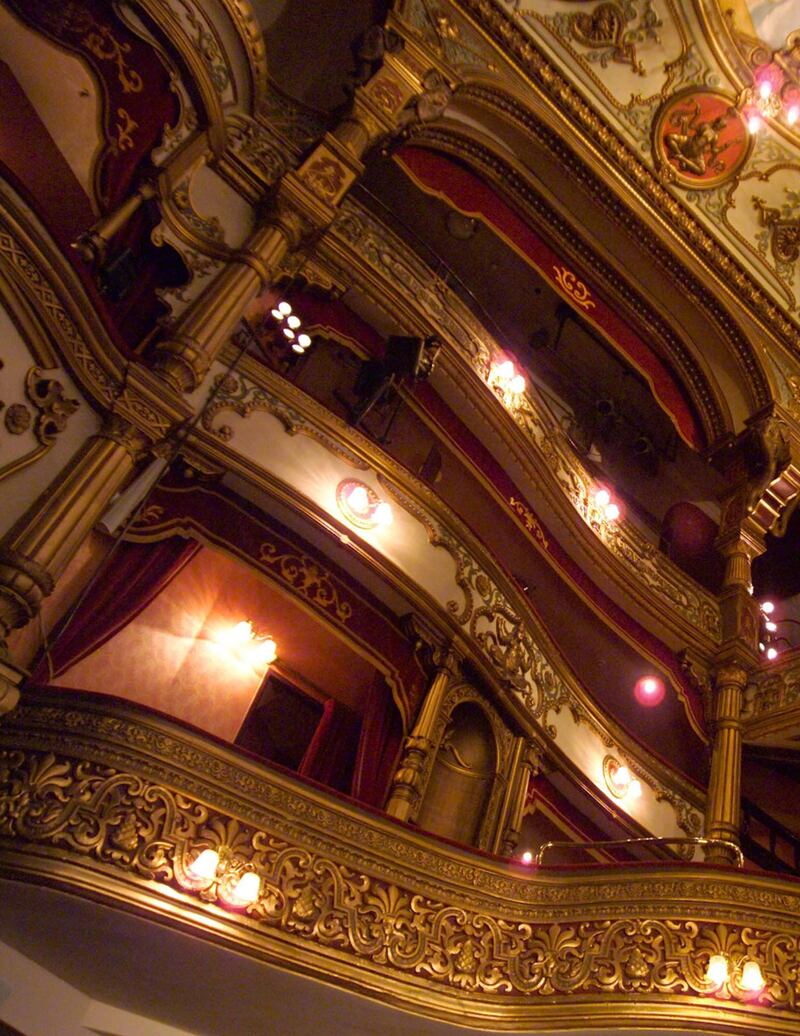
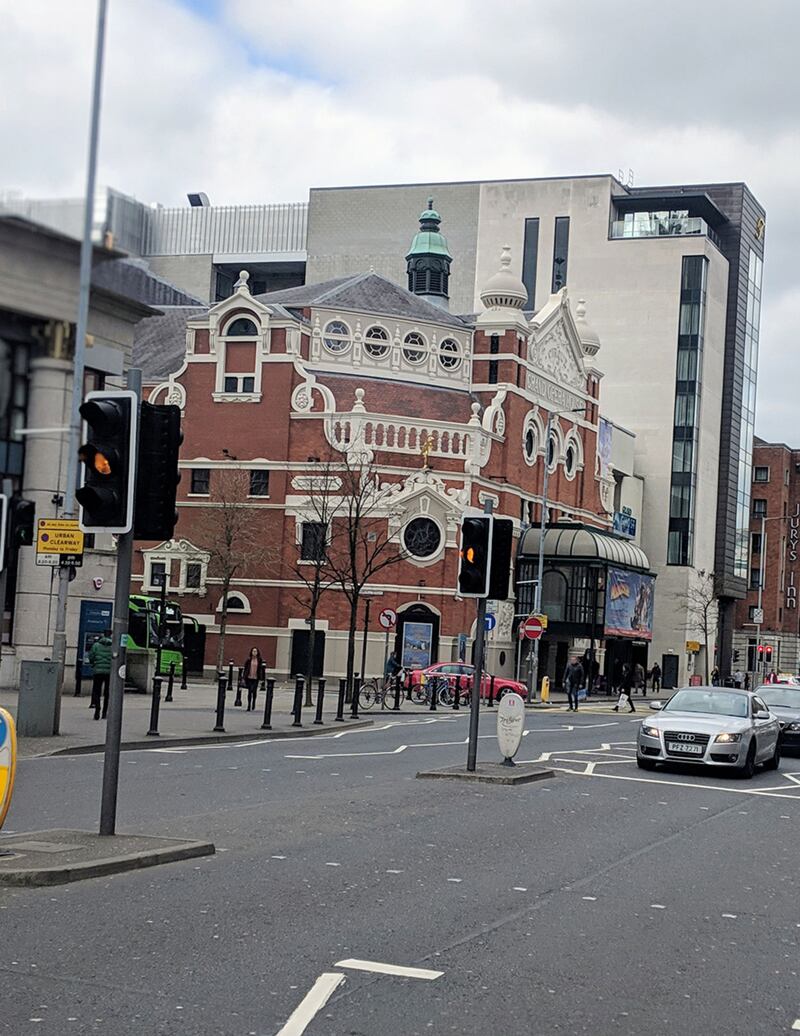
The Crown Bar
Popular with tourists nowadays, the Crown flourished in Victorian times as thirsty linen factory workers would fill the bar's famous carved wooden snugs. According to records, the drinking snugs were not built for comfort, rather, to accommodate those who wanted to drink unseen and away from prying eyes. Chris leads several of the group in for a quick pint while I decide to take my prying eyes off elsewhere for non-alcoholic refreshment. As I head back through town I go through the 'Primark walkway' and wonder what Sir William Ewart would have thought. Linenopolis indeed.
